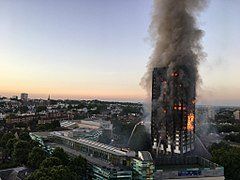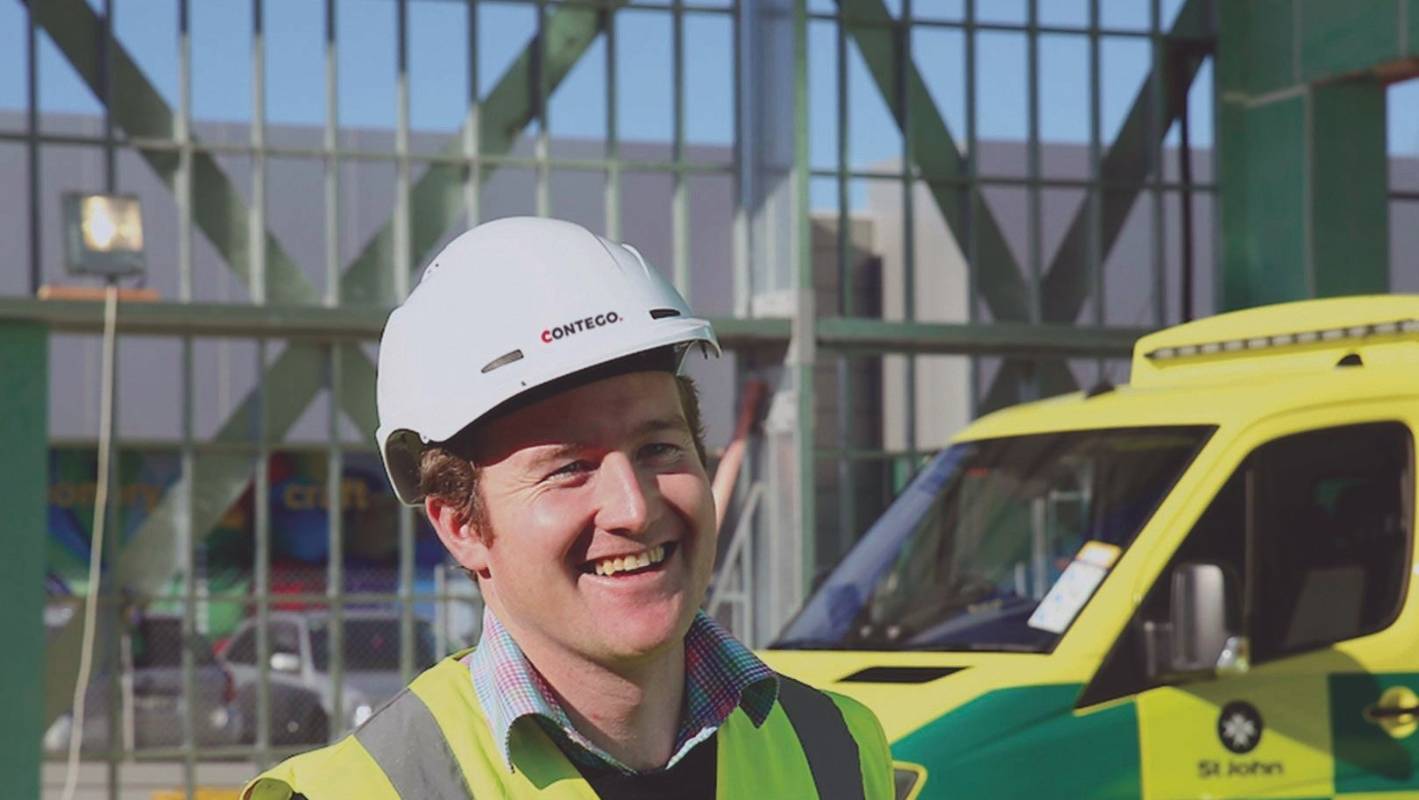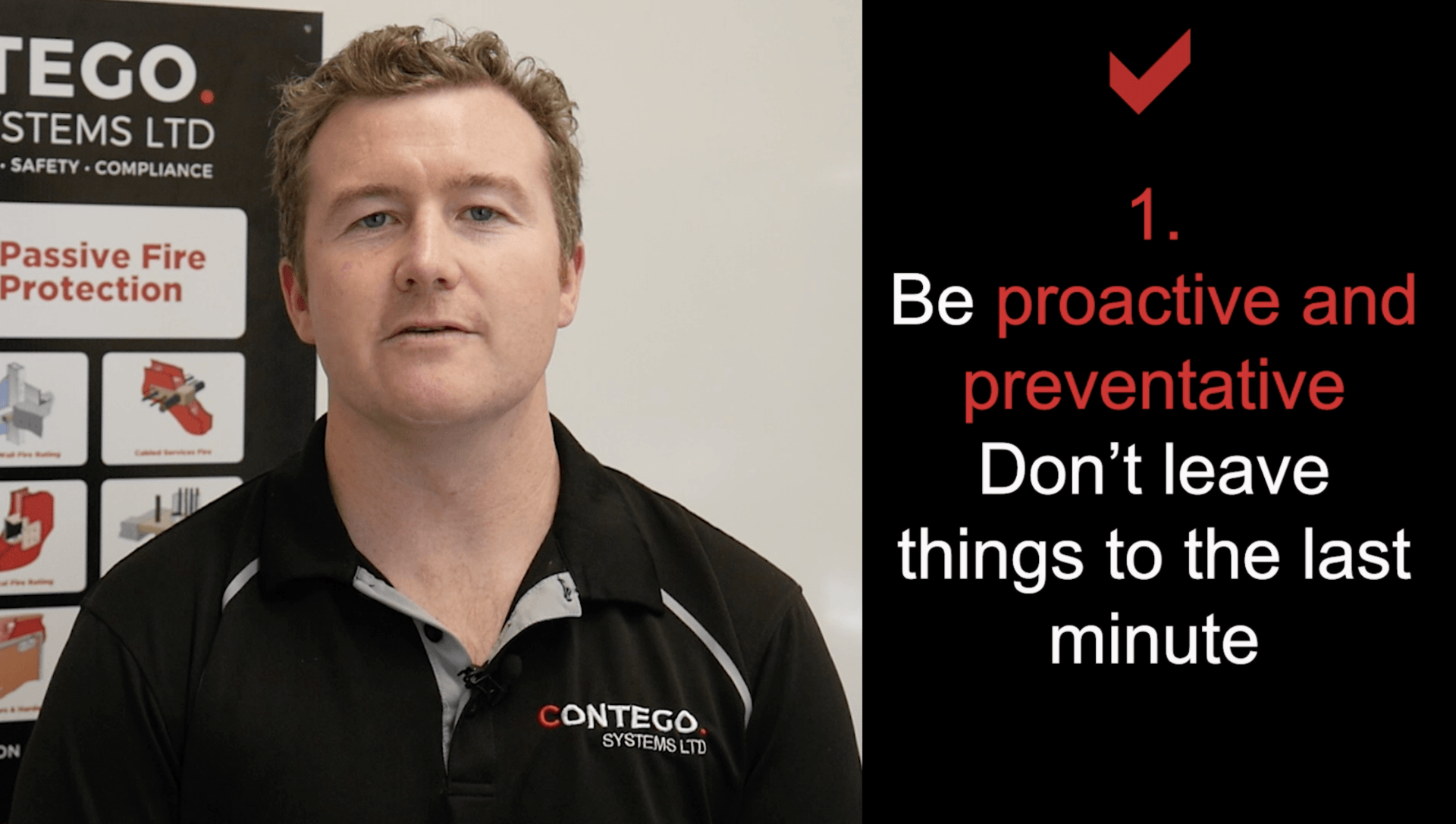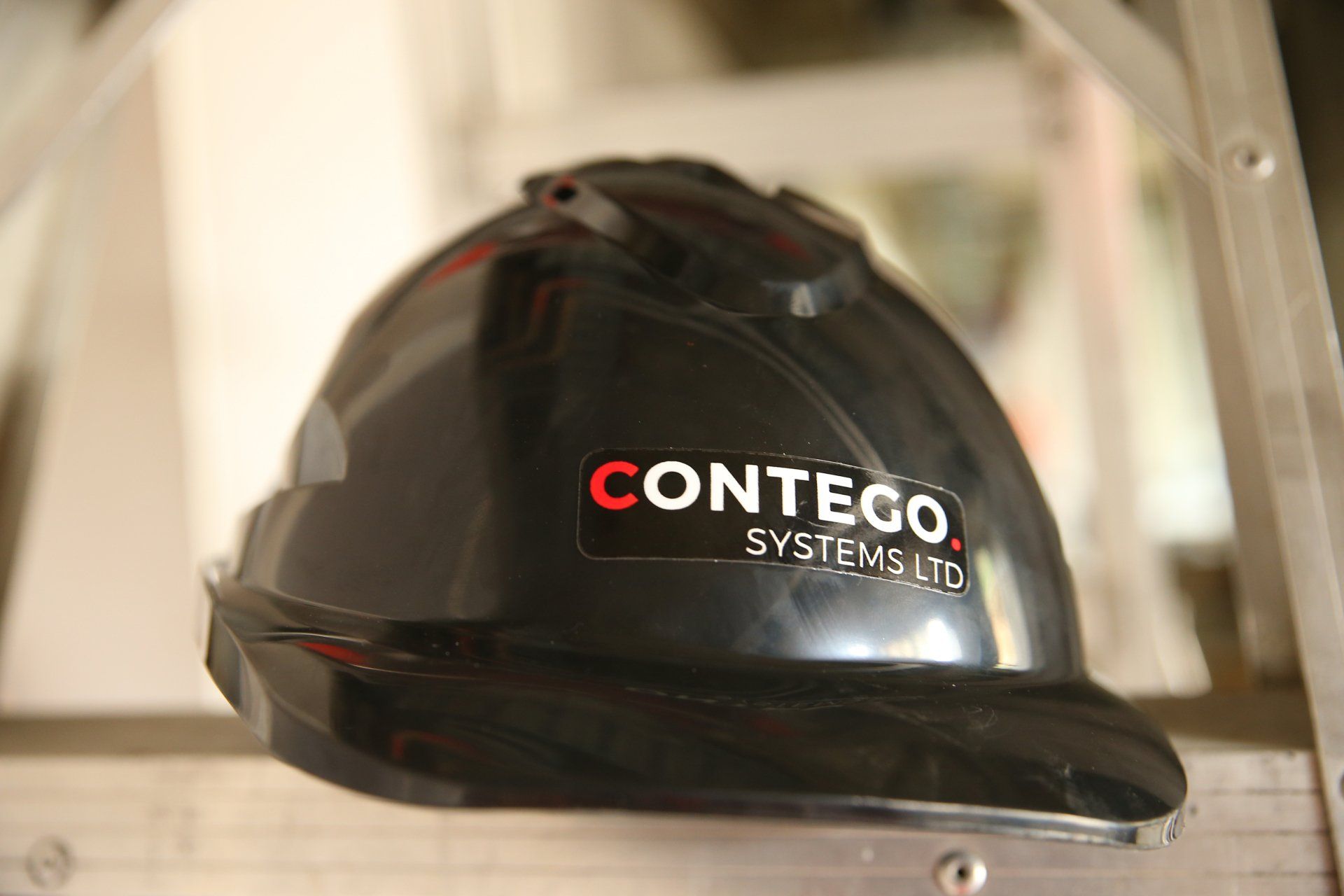How did this fire burn out of control for 60 hours?
Colm McGrath • March 27, 2020
In June 2017, a fire broke out in the UK which burned for 60 hours....
In June 2017, a fire broke out in the 24 storey Grenfel Tower block of flats in West London, UK. 220 people were able to escape the building however the fire caused 72 deaths and more than 70 others were injured. This was reported to be the deadliest structural fire in the United Kingdom since 1988 and the worst residential fire the UK has experienced since the Second World War.
The investigation into the cause of the fire found that during a major renovation in 2015-16 the tower had new new aluminium composite rain screen cladding installed on the outside the building. The purpose of the cladding was to improve heating and energy efficiency within the building and enhance the external appearance of Grenfel Tower.
Two types of cladding were used in the renovation: Arconic's Reynobond PE which consist of two coil-coated aluminium sheets that are fusion bonded to a polyethylene core; and Reynolux aluminum sheets. Beneath these and fixed to the exterior walls of the flats was Celotex thermal insulation. The combination of this cladding, insulation and the air gap between covered the building in a solid petrol that fed the flames in a stack effect, and the fire burned for around 60 hours before fire fighters were able to extinguish it.
What does this have to do with New Zealand
It is now 3 years on from this devastating fire and now fire tests of cladding on multi storey buildings are being run in New Zealand for the first time . A purpose-built rig near Porirua will be used to set alight wall assemblies to see how they burn. Fire engineer Kevin Frank explains that we need to change the way we look at buildings. "We need to look at the outside of buildings at systems rather than only focusing on the individual components."
The rig which is set up at the Building Research Association NZ (BRANZ) near Porirua is on a concrete slab and is around 9 meters high. A fire is set at the base of the rig and if the flames reach 600 degrees, 5meters or higher up the wall then the cladding system has failed.
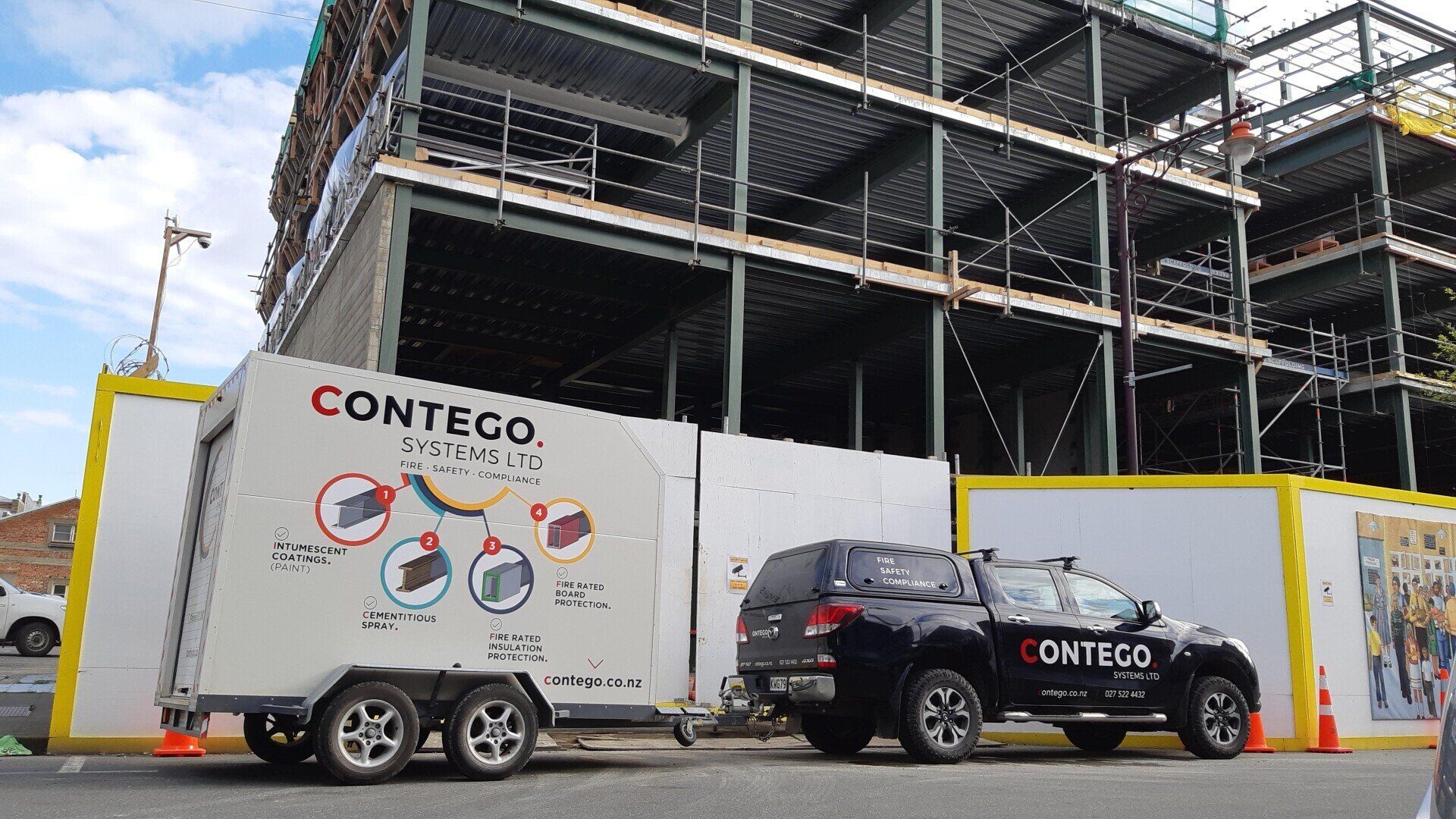
The Passive Fire Protection Intumescent Coating Code of Practice suggests that this should be a collaborative effort between all design consultants to ensure all aspects are considered. This way of thinking is no different to any other collaborative effort in designing a building whereby multiple consultants need to talk & collaborate on a solution.
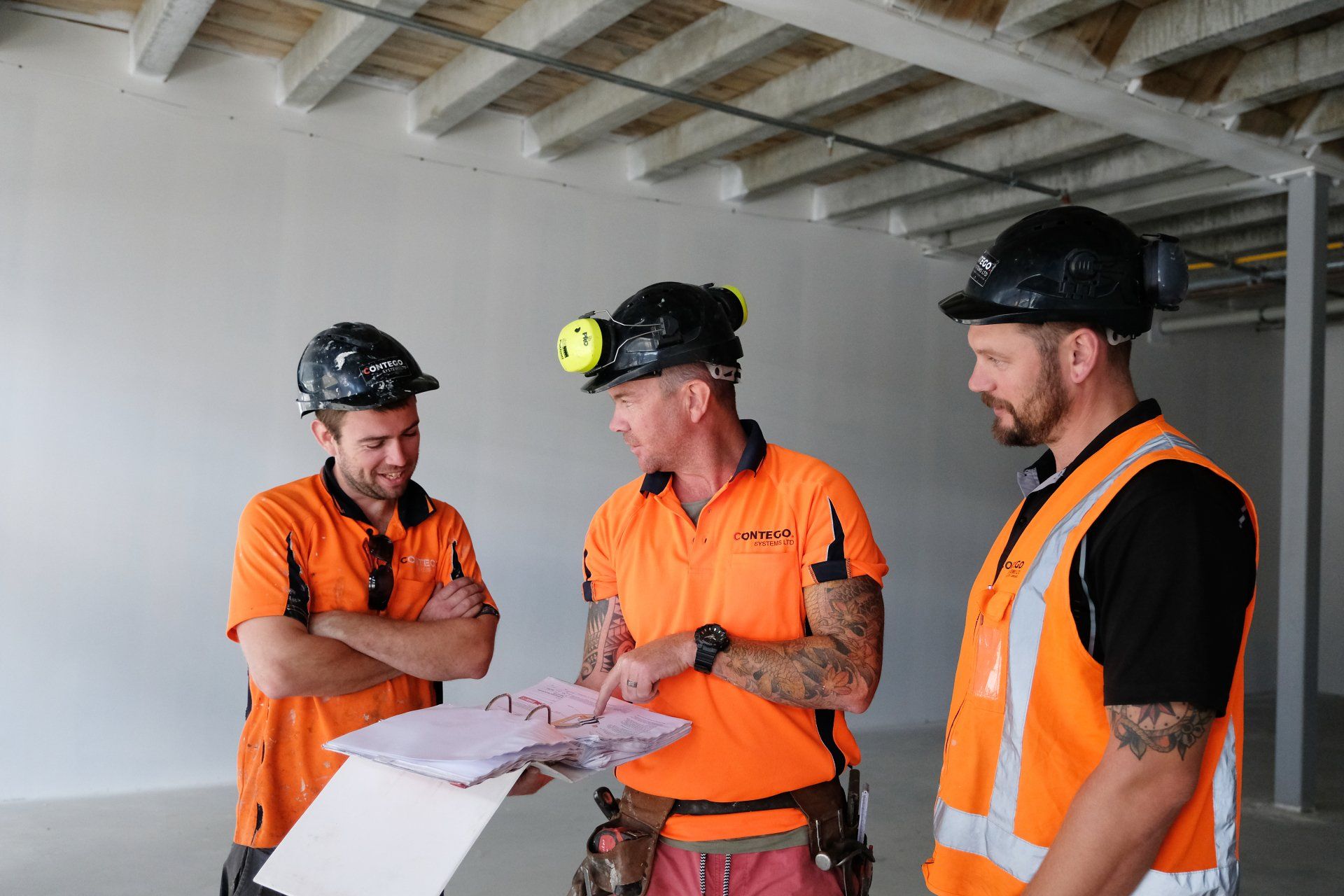
South Island passive fire protection contractor Contego today announced that it will continue its business expansion by opening a new base in the North Island in December 2021. Located in New Plymouth, the branch is expected to employ 10 persons over the next 24 months. The business currently employs 35 personnel between its bases across the South Island.
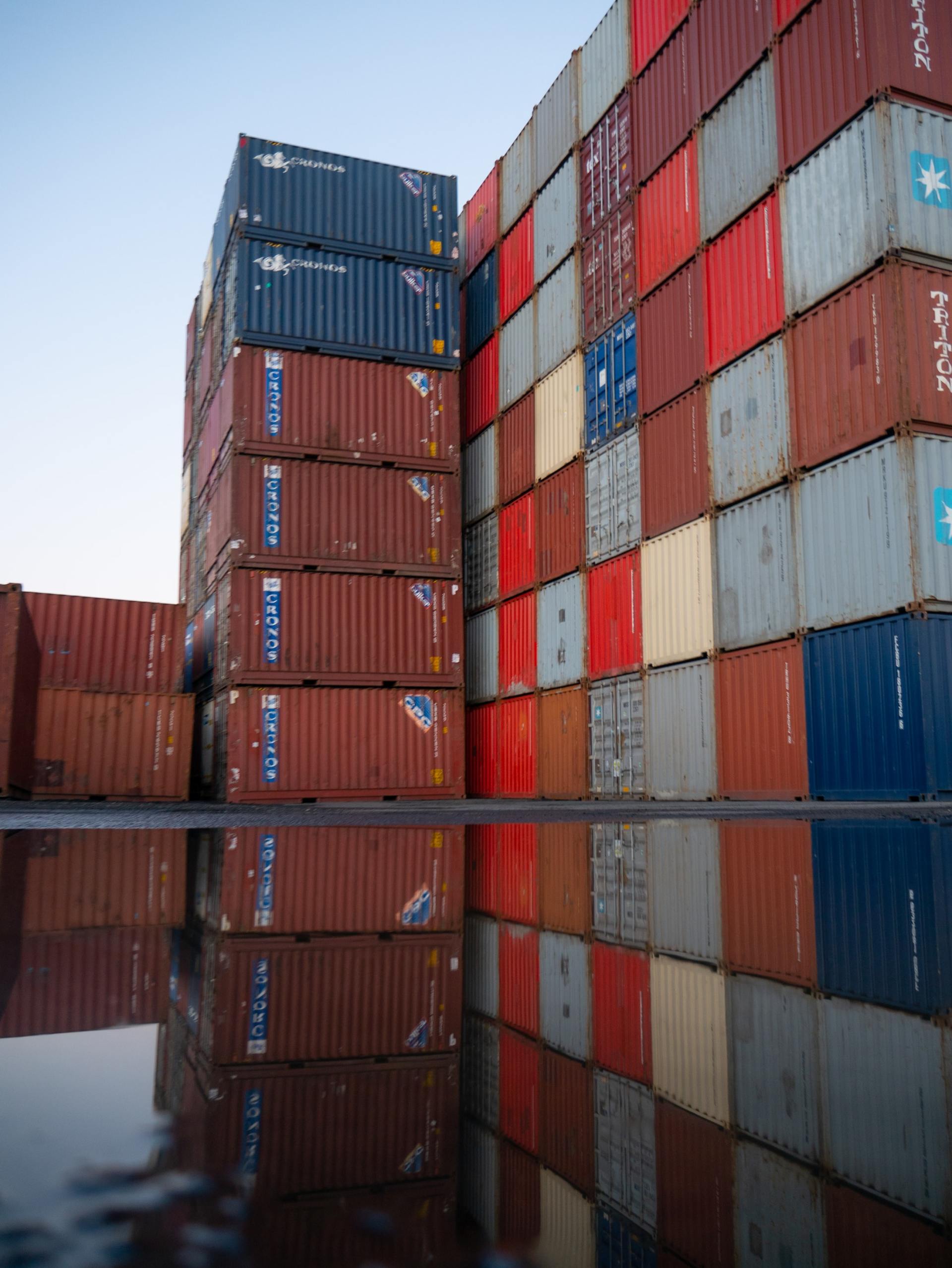
I’m sure I’m not the only one that is experiencing weekly headaches with freight delays and lead time materials. What was once available down the road, can now be a lengthy delay to get a hold of it. The feedback I am getting from suppliers and contractors is that the worst is not over, and we should be planning to deal with this for the remainder of this year.
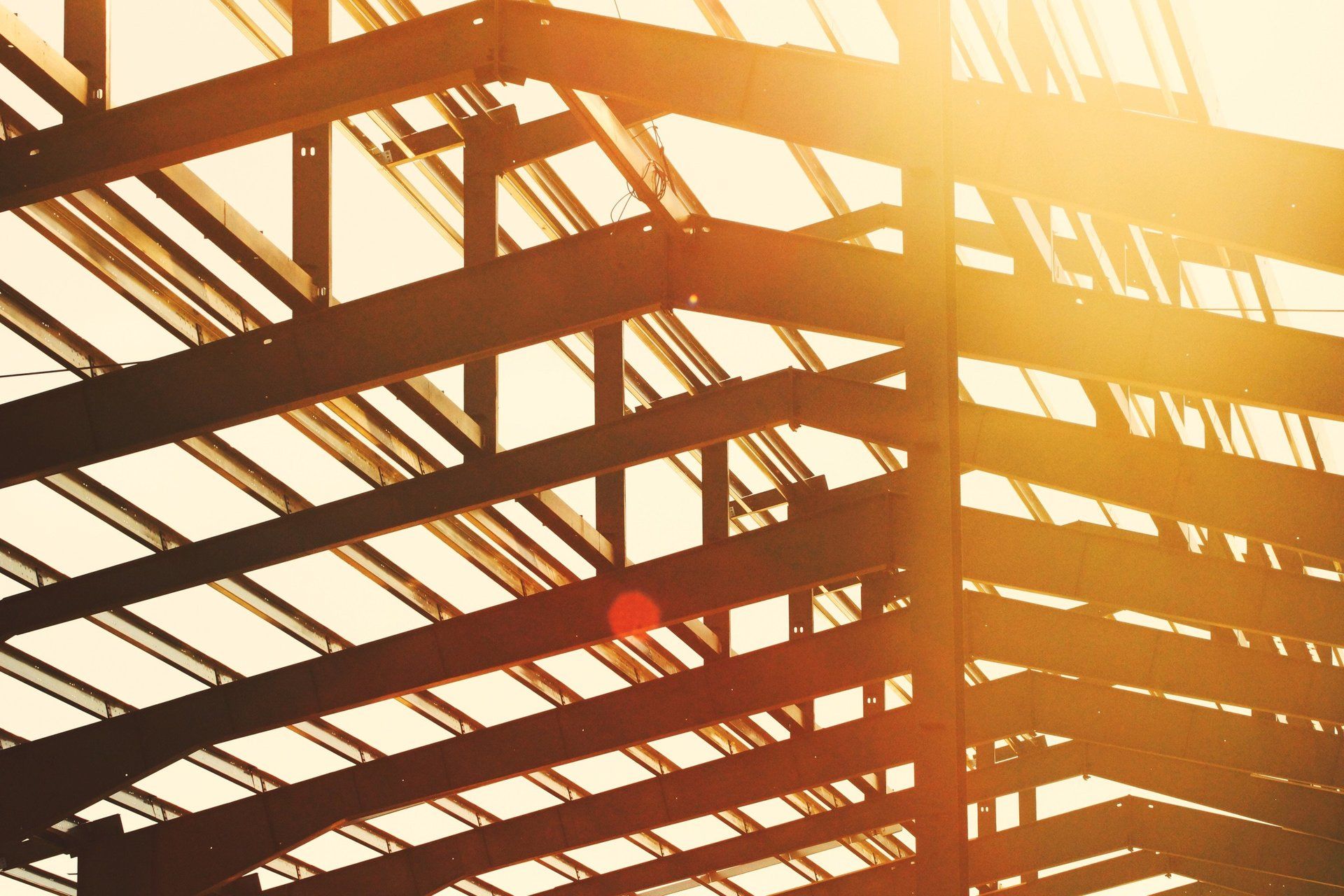
With the current codes of practice and Passive products annual renewal being worked through the issue of Tested vs Assessed is constantly brought up in conversation. NZBC accepts the use of AS4072.1 Assessments as a way of showing compliance as an equal with a tested solution in accordance with AS1530.4.

